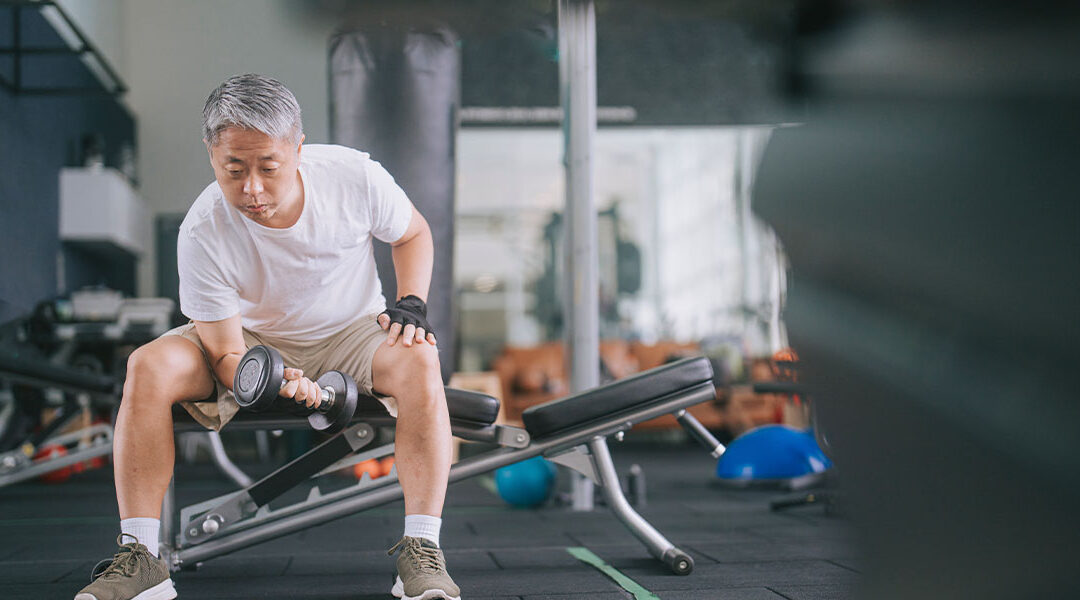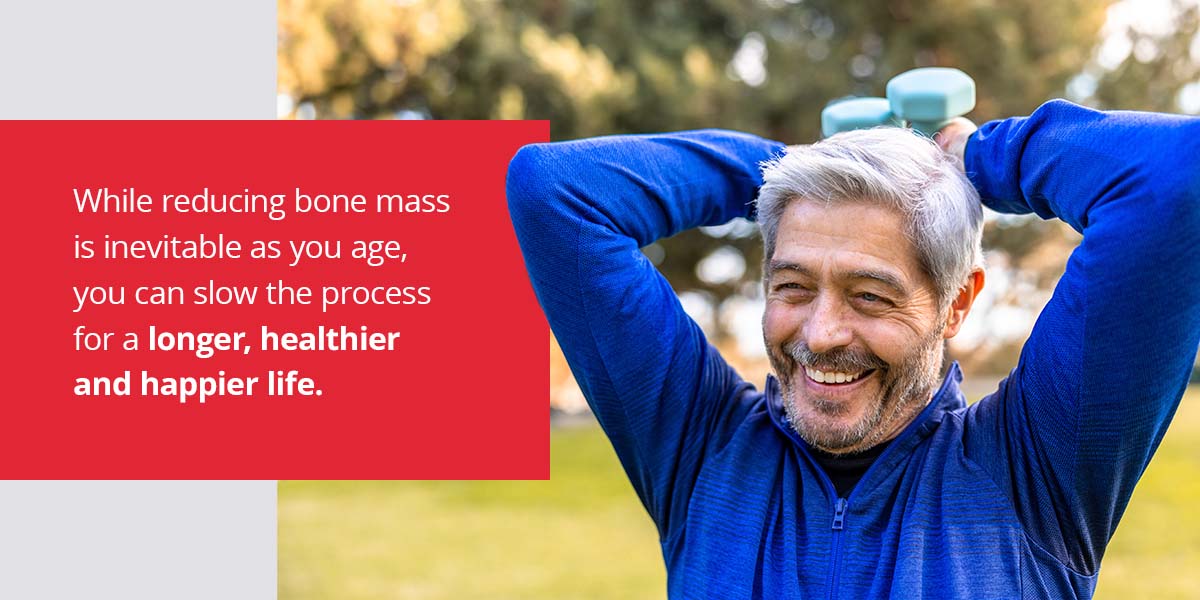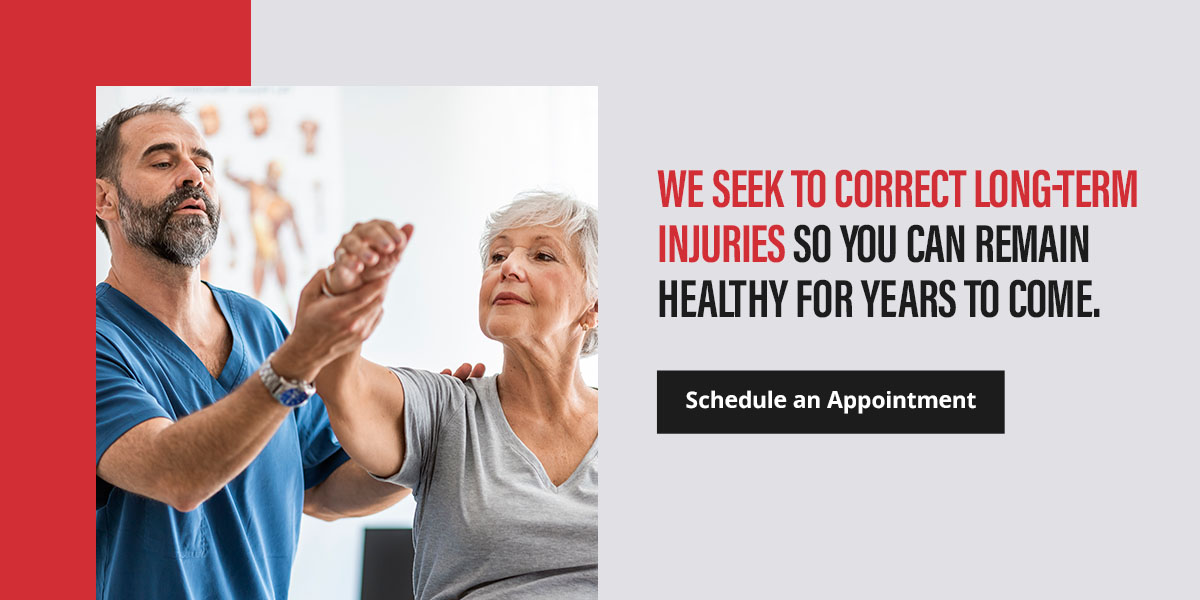Exercise is vital for everyone’s health, but especially for older adults. Regular exercise can help you live longer and support a healthier lifestyle, and it offers a plethora of benefits. Keep reading to discover these benefits and some of the best exercises for seniors to address specific areas or concerns.
Benefits of Exercise for Older Adults
Making exercise a regular part of your routine is essential for improving physical and mental health as you age. Seniors can experience a wide range of benefits through exercise, including:
- Preventing diseases: Exercise can fight against disease, including chronic conditions or illnesses like colon cancer, obesity, diabetes and cardiovascular disease. Performing just 30 minutes of daily exercise can reduce risks for Alzheimer’s disease. Light exercise, such as walking, can be a powerful tool against these harmful diseases or conditions.
- Improving cognitive function: Physical exercise can prevent cognitive decline, anxiety and depression. Furthermore, physical activity can boost cognitive function for seniors. Through regular movement, older adults can fine-tune motor skills and reduce the risk for cognitive conditions, including dementia.
- Preventing bone loss: People lose bone density as they age, which can cause significant problems later in life, potentially leading to more fractures or breaks. Strong bones lead to fewer injuries and aid in balance. Weight-bearing exercises can slow bone loss, and other activities can stimulate new bone formation and regulate bone maintenance.
- Boosting social engagement: Getting active can foster new connections. Older adults can meet new friends and strengthen existing relationships by going on walks, participating in group classes or joining a club with others. These activities can make exercising more enjoyable and lead to lower risks of depression or loneliness.
- Decreasing fall risks: Physical activity improves flexibility and strength, which improves coordination and balance. Seniors can require significant recovery periods to heal from falls, so preventing them from occurring is critical.
- Relieving pain: Moving the body more often can relieve pain and stiffness from conditions such as arthritis. Exercise can strengthen muscles, ease joint inflammation and reduce stiffness and pain.
- Improving mental health: Physical exercise boosts moods and can ease depression and anxiety symptoms. Activity can create a sense of well-being and increase feelings of relaxation.
- Boosting immunity: Moderate exercise has a link to lower instances of respiratory illness. Activity can support immunity and improve the performance of immune cells.
- Managing weight: The metabolism slows over time, which can cause weight gain. Exercise empowers people to maintain or lose body weight that could otherwise contribute to health conditions such as cardiovascular disease or diabetes.
- Promoting sleep: Living an active lifestyle can promote healthy sleep cycles and routines. Regular aerobic exercise can raise your core body temperature and encourage rest as you cool down.
- Reducing hypertension: Exercise can help older adults with hypertension or lower blood pressure. Getting 30 minutes of moderate activity five times a week can lower stress, reduce blood pressure and decrease the risks of some cardiovascular issues.
Areas to Address in Senior Workouts
There are three main areas exercises for older adults should address to have the most positive impact:
- Flexibility and balance: Balance and flexibility are important for mobility and independence, and these exercises put less strain on muscles and joints. Although there are many exercises you can complete at home to address these concerns, you can also participate in group classes like yoga to get social while getting active.
- Strength: Strength training involves low-impact bodyweight exercises that burn fat and reduce muscle loss. While reducing bone mass is inevitable as you age, you can slow the process for a longer, healthier and happier life. You can complete strength training exercises by lifting free weights, doing bodyweight exercises or using resistance bands. Pilates is gentle on the joints while building a strong core to improve stability and balance.
- Cardio: Aerobic and endurance exercises can strengthen the lungs, improve stamina and boost cardiovascular function. Although most people should aim for at least 30 minutes of exercise each day, you can complete this time in small boosts, such as completing three 10-minute sessions throughout the day.
The Best Exercises for Older Adults
The best exercise is one you enjoy doing. Choosing fun, engaging activities is the best way to find motivation and ensure you stick to a lasting routine. If you’re unsure where to start with your fitness journey, try a variety of exercises and activities to determine what you most enjoy.
Flexibility and Balance Exercises for Older Adults
A few exercises older adults can do to improve their flexibility and balance include:
- Hip flexor stretches: Lie on your bed with one leg hanging off the bed. Hug your other knee to your chest or until you feel a stretch in the thigh and hip of your hanging leg. Hold this position for 30 seconds and repeat with the other leg.
- Knee extensions: Sit in a chair with a stool across from you. Prop one leg on the stool and gently lean forward to stretch the back of the knee. Hold this position for one to three minutes before repeating with the other leg.
- Single leg stances: Stand near a counter, such as in front of the sink. Grasp the edge and place one foot on a low stool. Lift and lower this leg from the stool, holding the counter if you become unsteady.
Strength Training Exercises for Older Adults
Some exercises to build strength in older adults include:
- Bridge: To complete a bridge, lay on your back with your knees bent. Ensure your feet are flat on the surface. Raise your hips and hold for three seconds. Lower slowly, and repeat 10 times. You can complete this exercise on your bed or the floor with a comfortable mat.
- Sit to stand: This strength training exercise requires a chair with a high seat. You should not use your hands to rise from the seat. Simply stand up and sit back down. Repeat 10 times.
- T-rows: Hold a resistance band in both hands and sit in a chair. Stretch the band by opening your arms to make a horizontal line. Return the starting position and repeat 10 times.
Cardio Exercises for Older Adults
Older adults can enhance their endurance with these cardio activities:
- Swimming: Swimming is an excellent aerobic activity. Whether you play a game with your grandkids or participate in a water aerobics class, moving in the water can strengthen your muscles and increase your cardiovascular fitness. This activity puts minimal stress on your body, making it excellent for seniors facing osteoporosis or arthritis.
- Walking: Seniors without time to complete a structured workout can enjoy an indoor or outdoor walk. This aerobic exercise is free, and you can complete it anywhere or at any time. Walking is also an excellent social exercise to spend time with friends or family.
- Cycling: Cycling is low-impact and can increase leg strength. Stationary bikes can empower seniors to complete workouts at home, and cycling trails can prompt them to get outside while getting active.
How Thrive Chiropractic Group Helps Aging Adults and Seniors
Many older adults live with limited mobility or pain. Regular exercise can alleviate pain and empower seniors to live longer, healthier lives. However, another solution is to find high-quality geriatric chiropractic care.
At Thrive Chiropractic Group, you can find a dedicated team with the knowledge and experience to increase quality of life, help with chronic conditions, relieve pain and lower risks of falling. We do more than relieve short-term pain. We seek to correct long-term injuries so you can remain healthy for years to come.
Don’t just survive, Thrive. Contact us to schedule an appointment.



